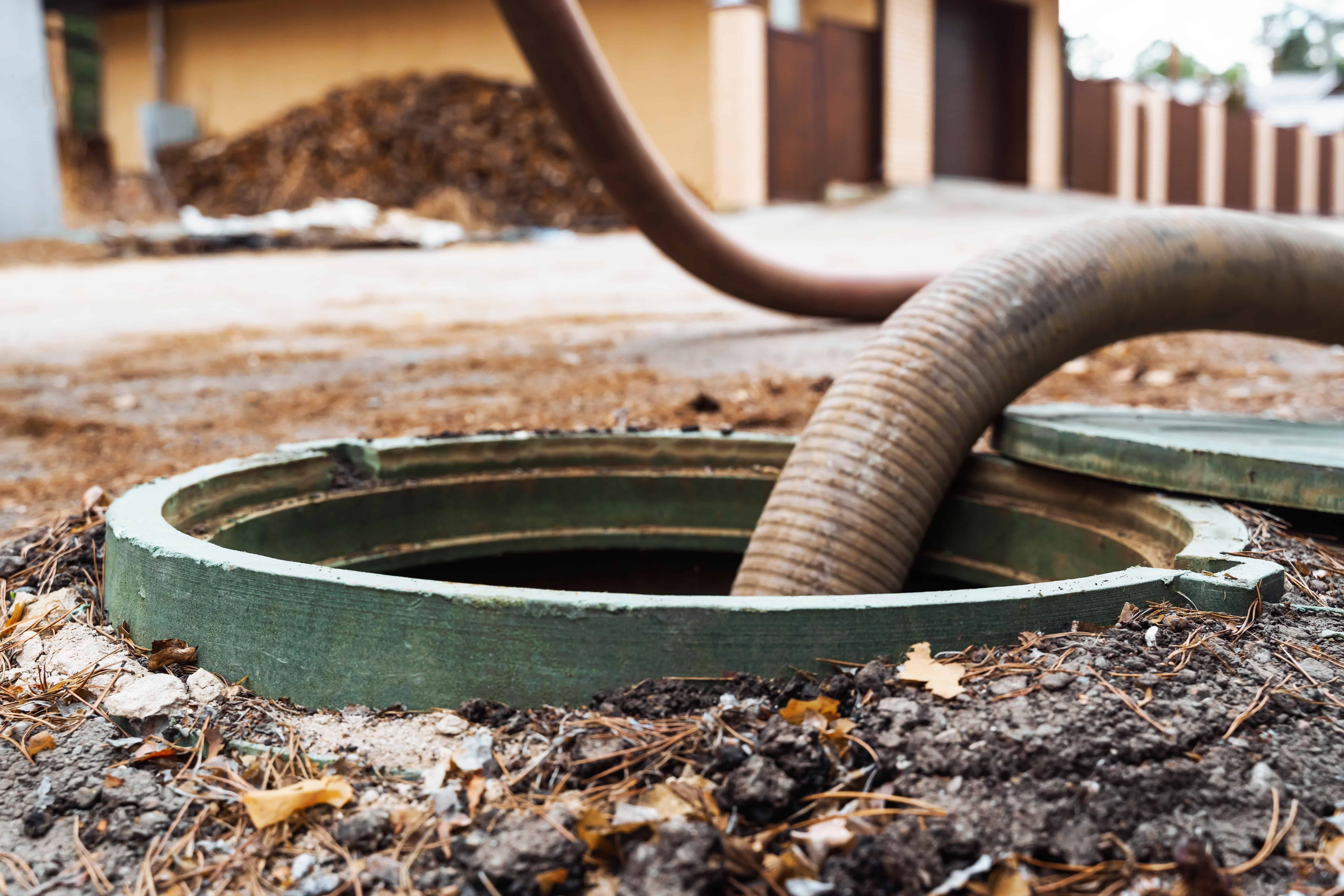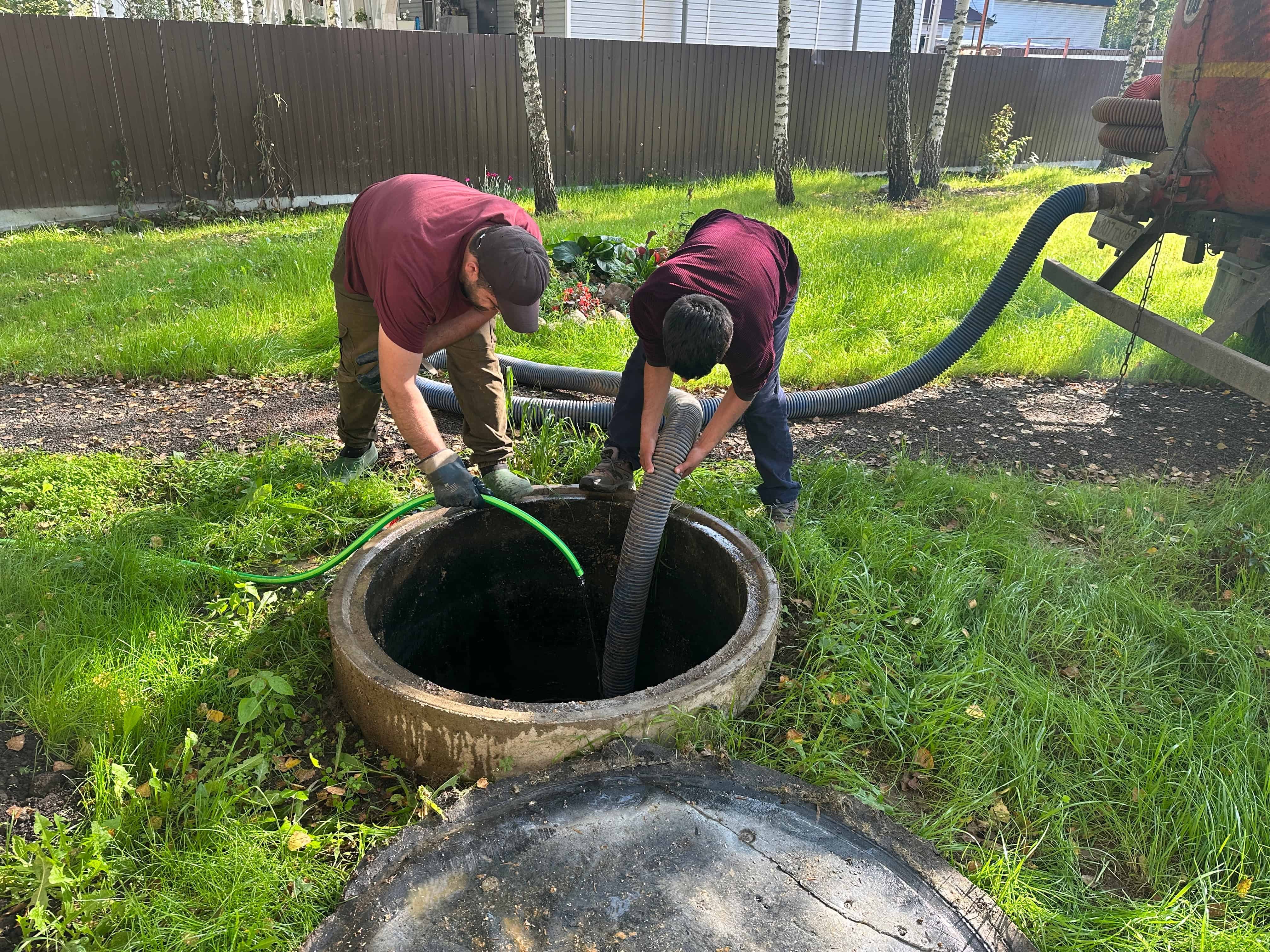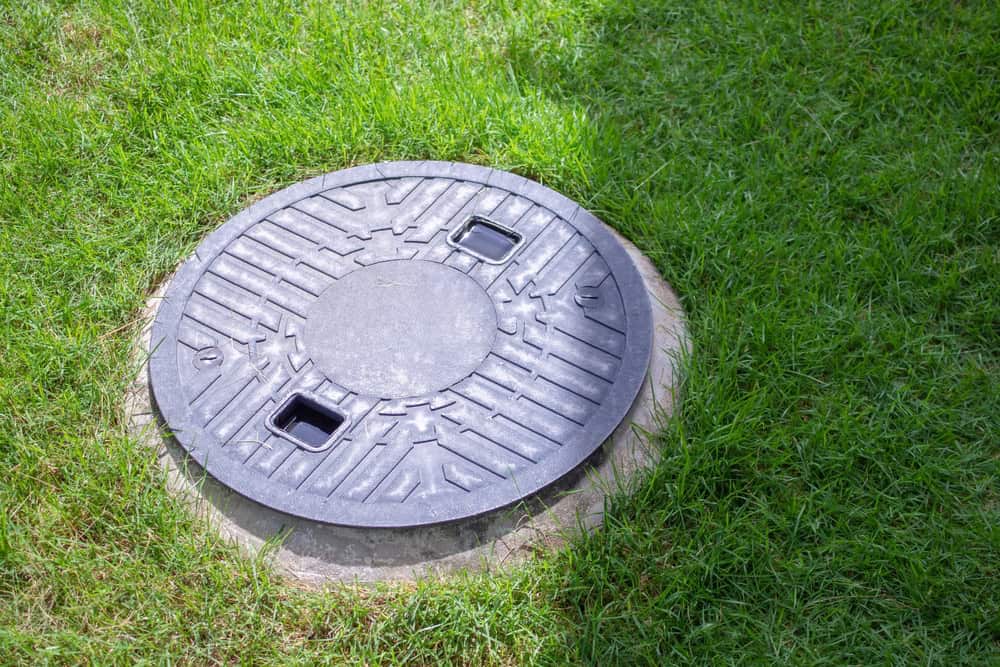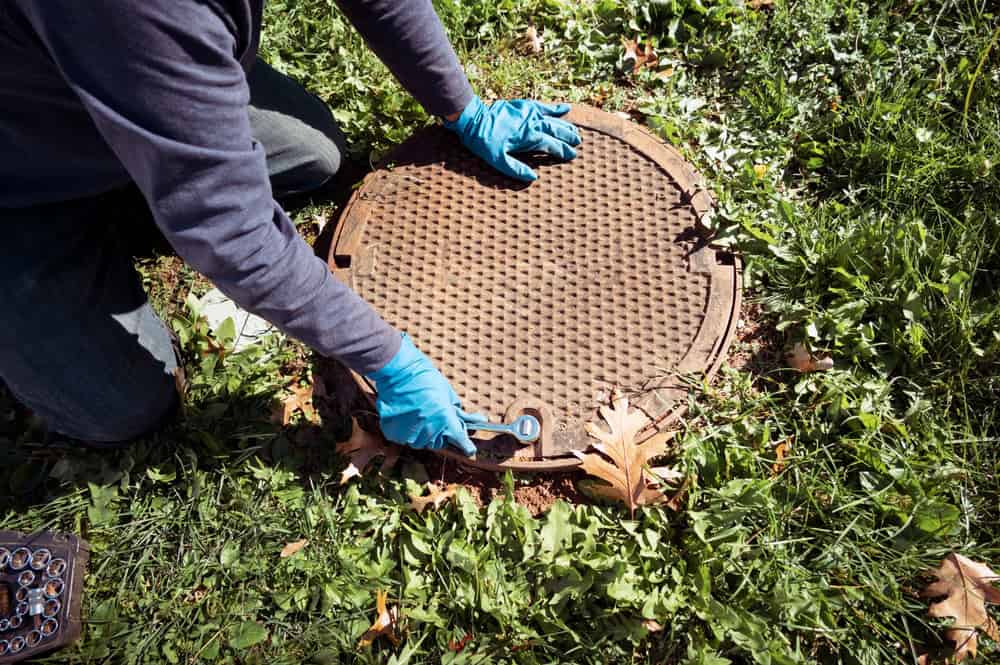Fast, reliable septic tank pumping that prevents backups and keeps your property safe and functional.

Hear from Our Customers

Your septic system works behind the scenes until it doesn’t. When you stay ahead of pumping schedules, you avoid the nightmare scenarios that cost thousands and disrupt your life for weeks.
Regular septic tank pumping prevents sewage backups that can flood your basement or yard with waste. You eliminate the foul odors that make your property unlivable and embarrassing when guests visit. Your system processes waste efficiently, protecting your family’s health and your property value.
Most importantly, you sleep better knowing your septic system won’t fail at the worst possible moment. No emergency calls, no frantic searches for available technicians, no paying premium rates because you waited too long.
Quality Cesspool has been handling septic tank pumping and maintenance throughout North Sea and the surrounding Long Island communities for years. We understand local soil conditions, Suffolk County regulations, and the unique challenges that come with septic systems in this area.
Every technician on our team is licensed and experienced with the equipment needed to pump your tank completely and safely. We maintain relationships with licensed disposal facilities and follow all environmental protocols required in Suffolk County.
We serve both year-round residents and seasonal property owners, understanding that septic issues don’t wait for convenient timing.

The process starts with locating and accessing your septic tank, which our technician can usually find using property records or visual indicators. Once the tank is uncovered, we’ll inspect the inlet and outlet baffles while measuring sludge and scum levels to determine pumping needs.
The actual pumping uses a powerful vacuum truck that removes all liquid and solid waste from your tank. Our technician pumps from multiple access points to ensure complete removal, not just the easily accessible areas that some companies skip.
After pumping, we’ll inspect your tank for cracks, damaged baffles, or other issues that could cause problems down the road. You’ll receive documentation of the service date and any recommendations for future maintenance. The waste gets transported to a licensed treatment facility for proper disposal.

Ready to get started?
Every septic tank pumping service includes complete waste removal, not just partial pumping that leaves sludge behind. Our technician inspects your tank’s condition and measures waste levels before and after pumping to ensure thorough cleaning.
You’ll get a clear explanation of your system’s current condition and recommendations for future maintenance timing. Most residential septic tanks in North Sea need pumping every 3-5 years, but usage patterns and household size affect this schedule.
The service includes proper disposal at licensed facilities and documentation for your records. If our technician discovers issues during pumping, you’ll get straightforward information about what needs attention and realistic timelines for any necessary repairs.
